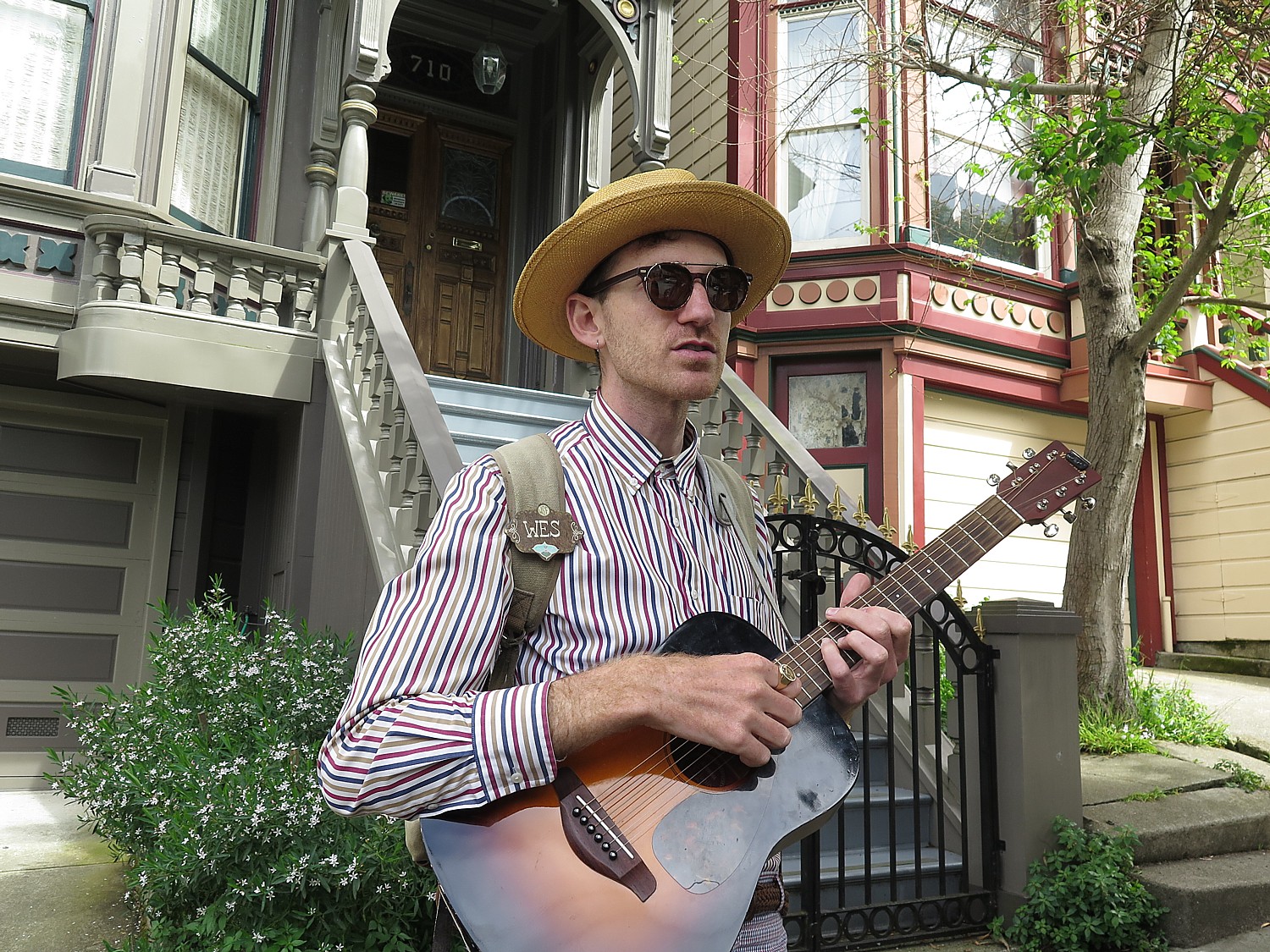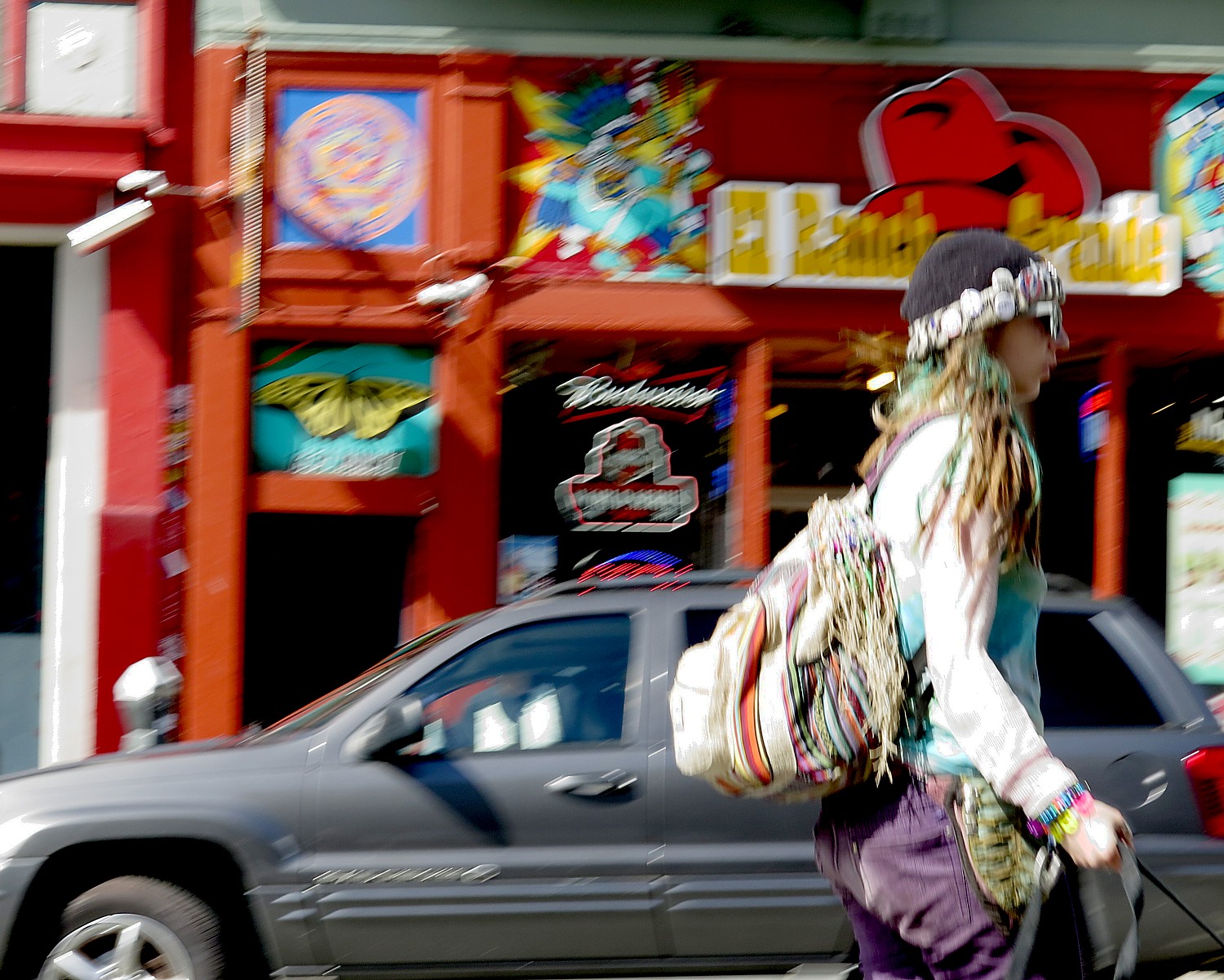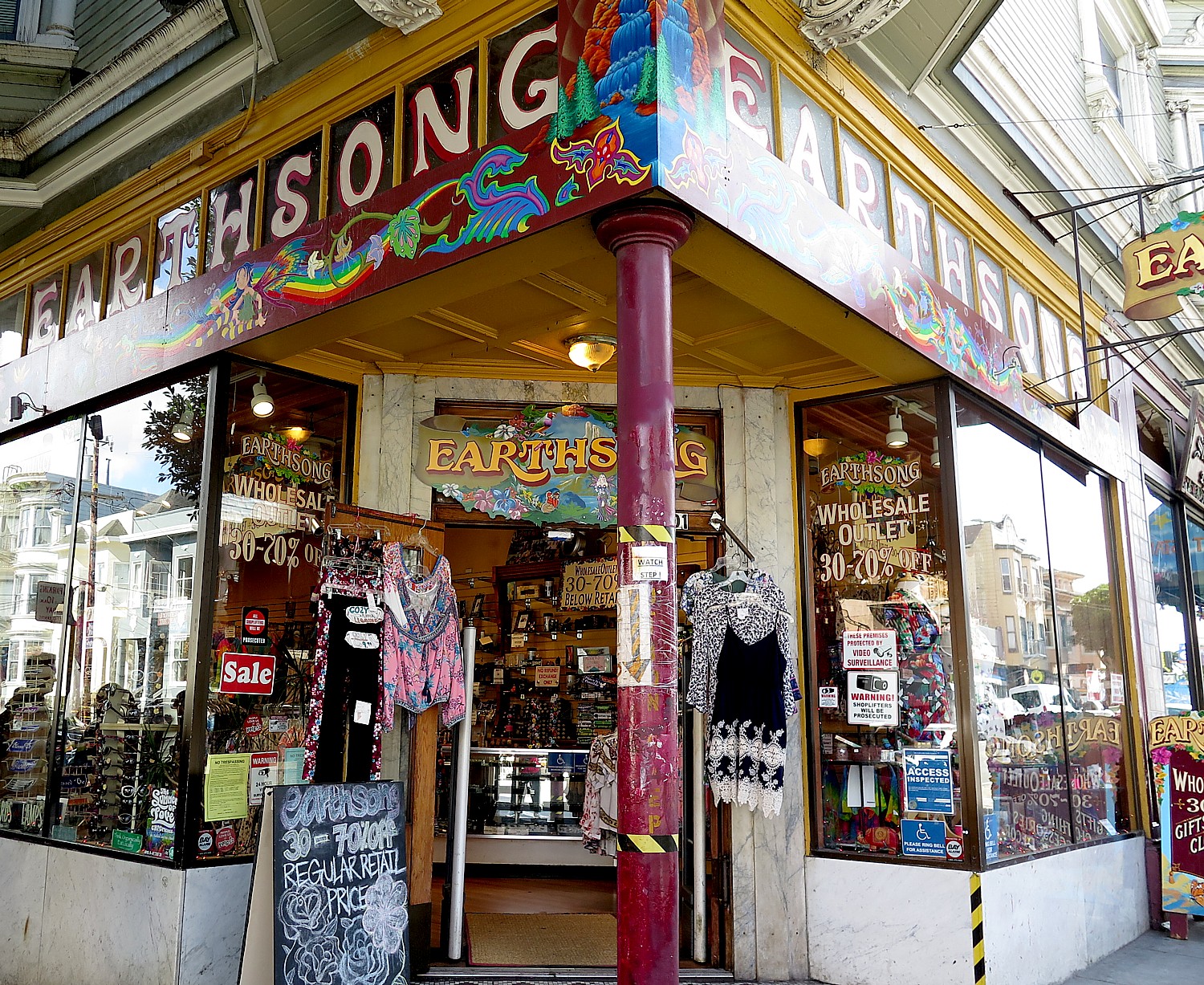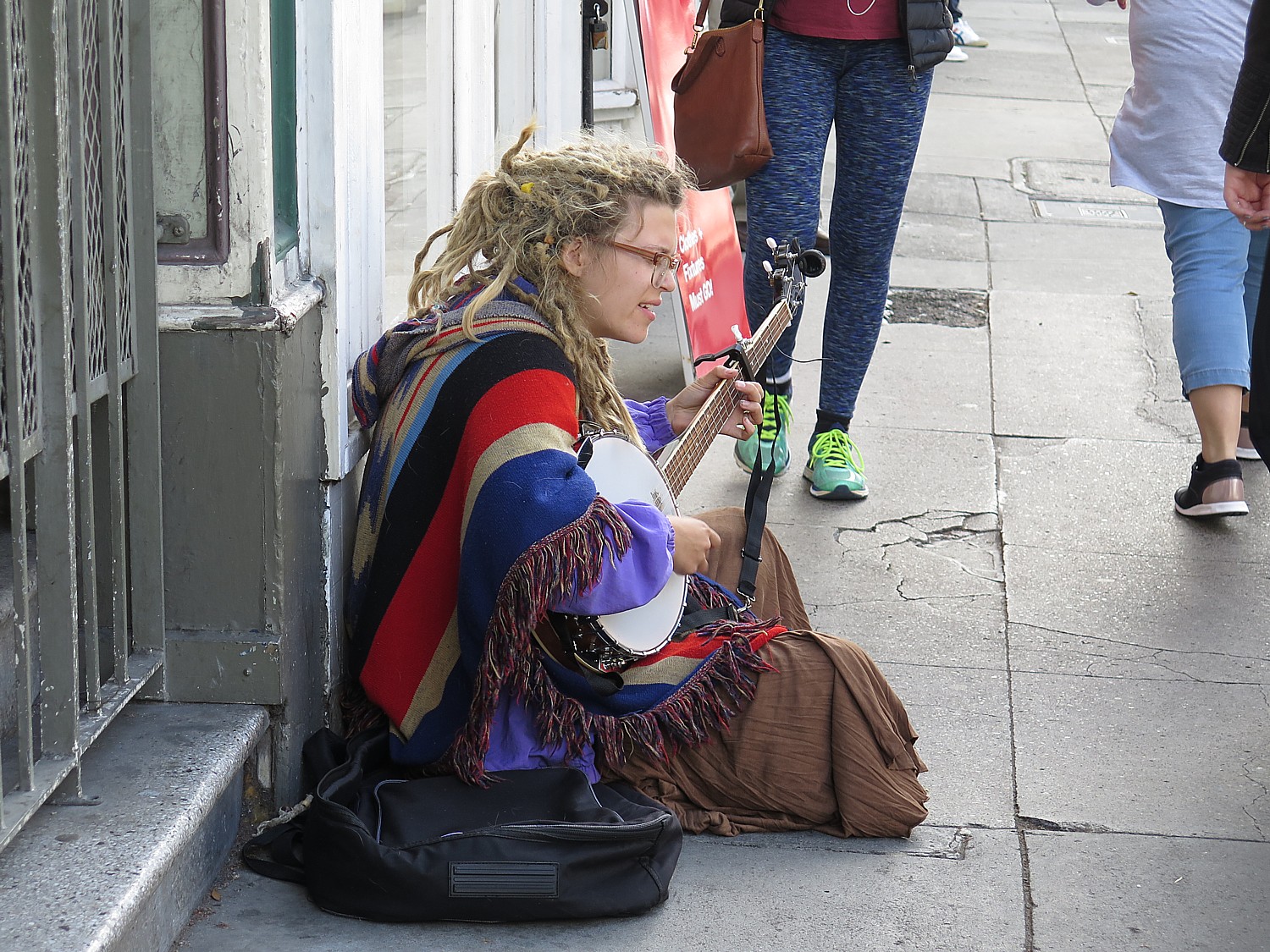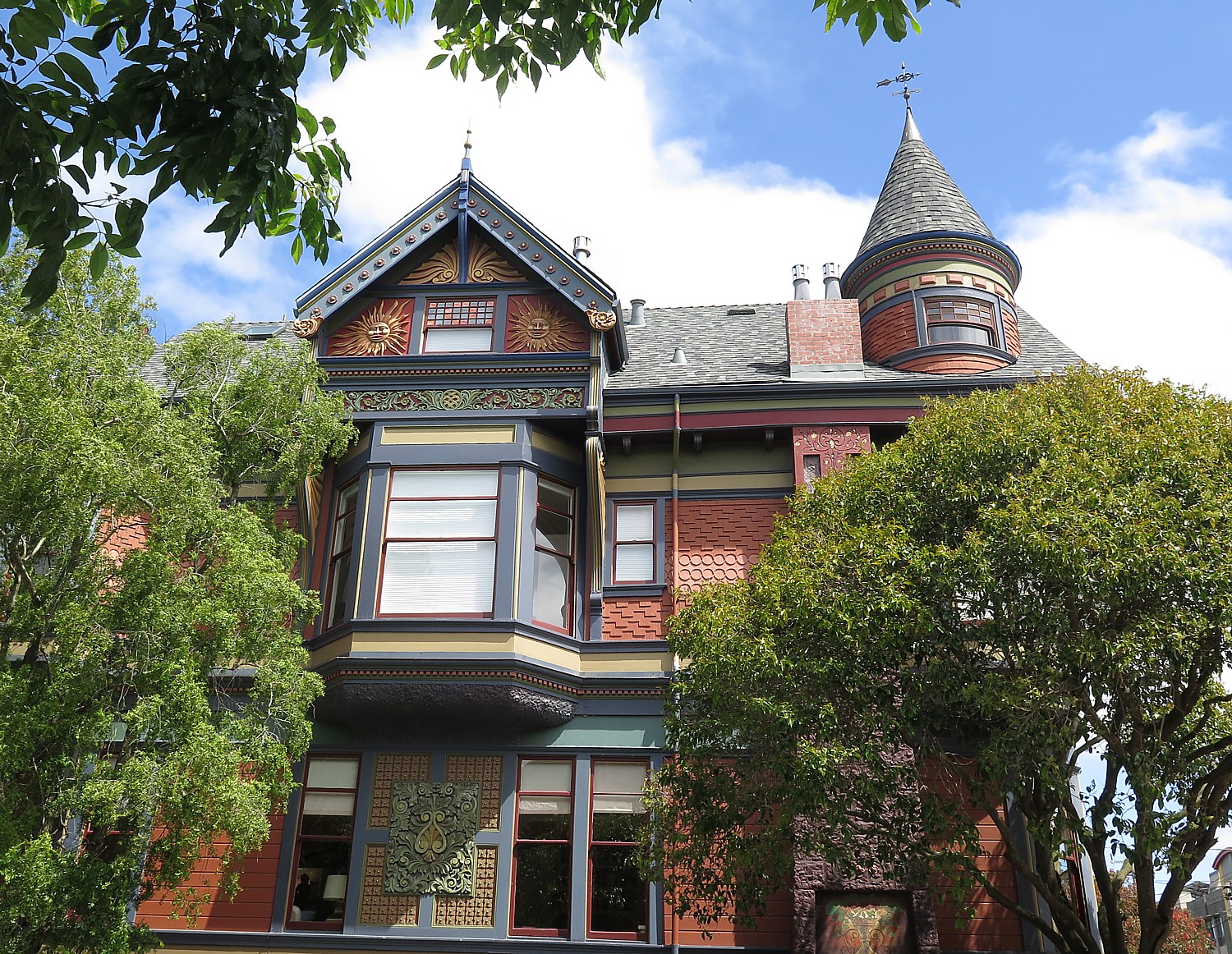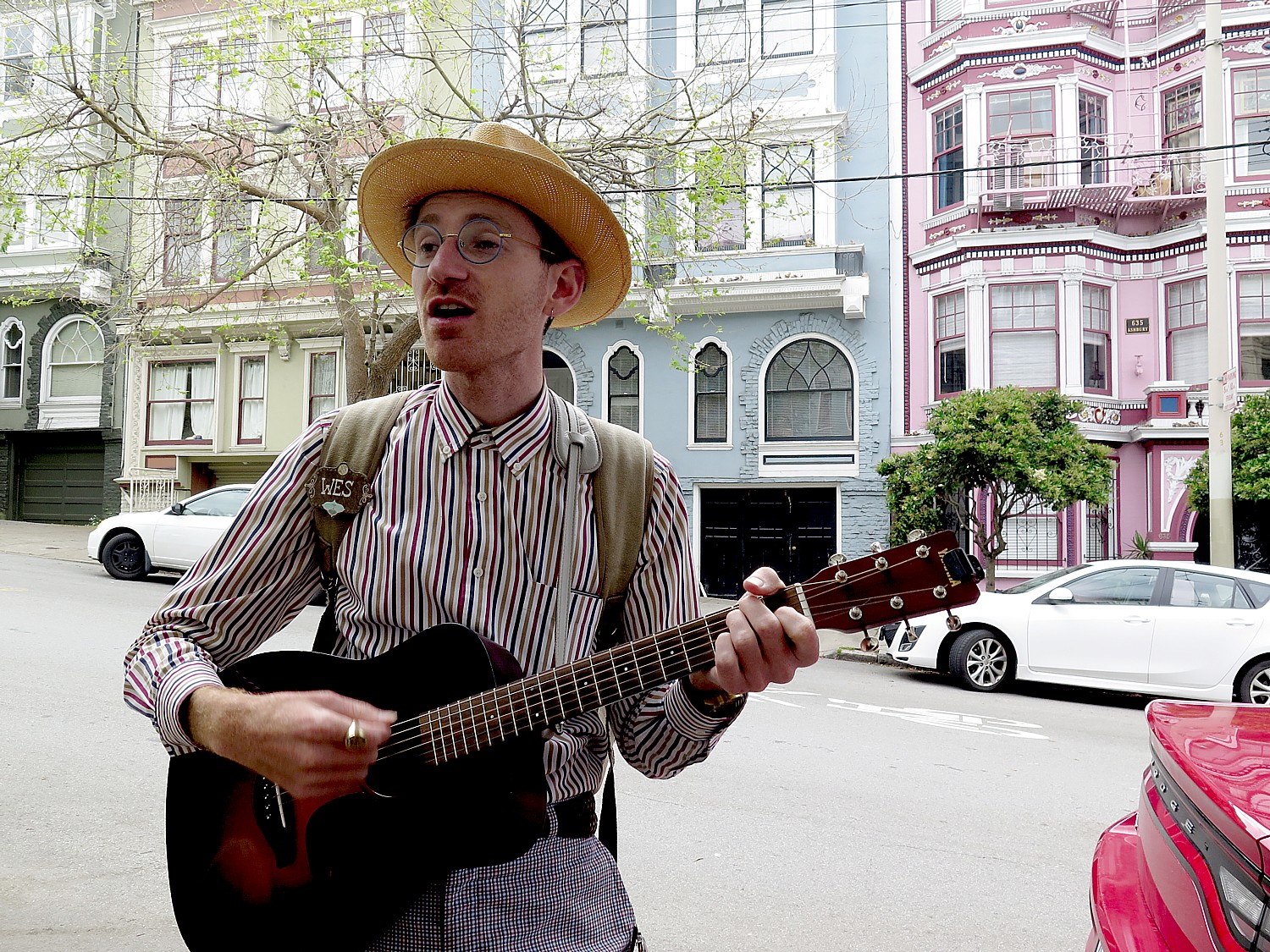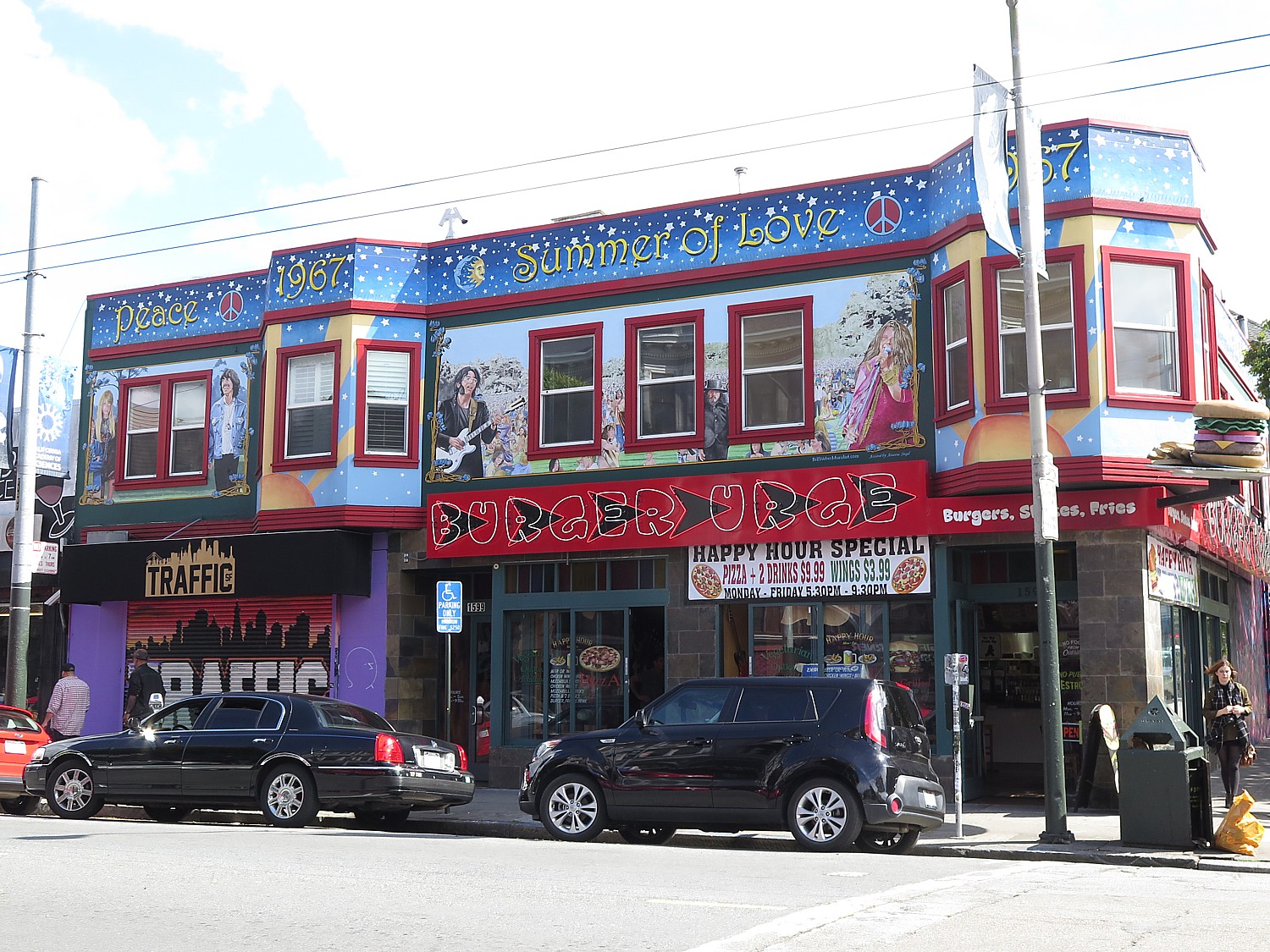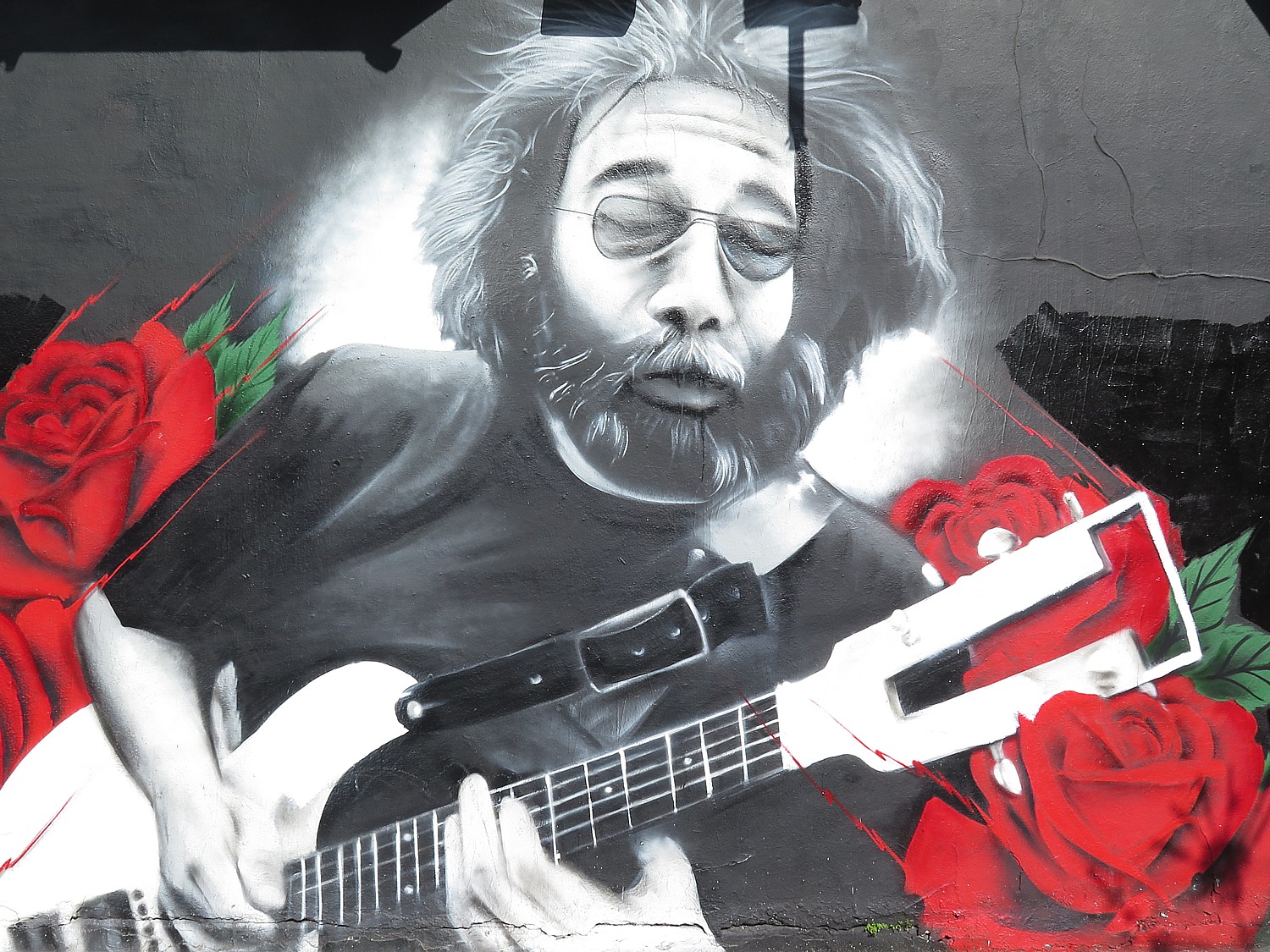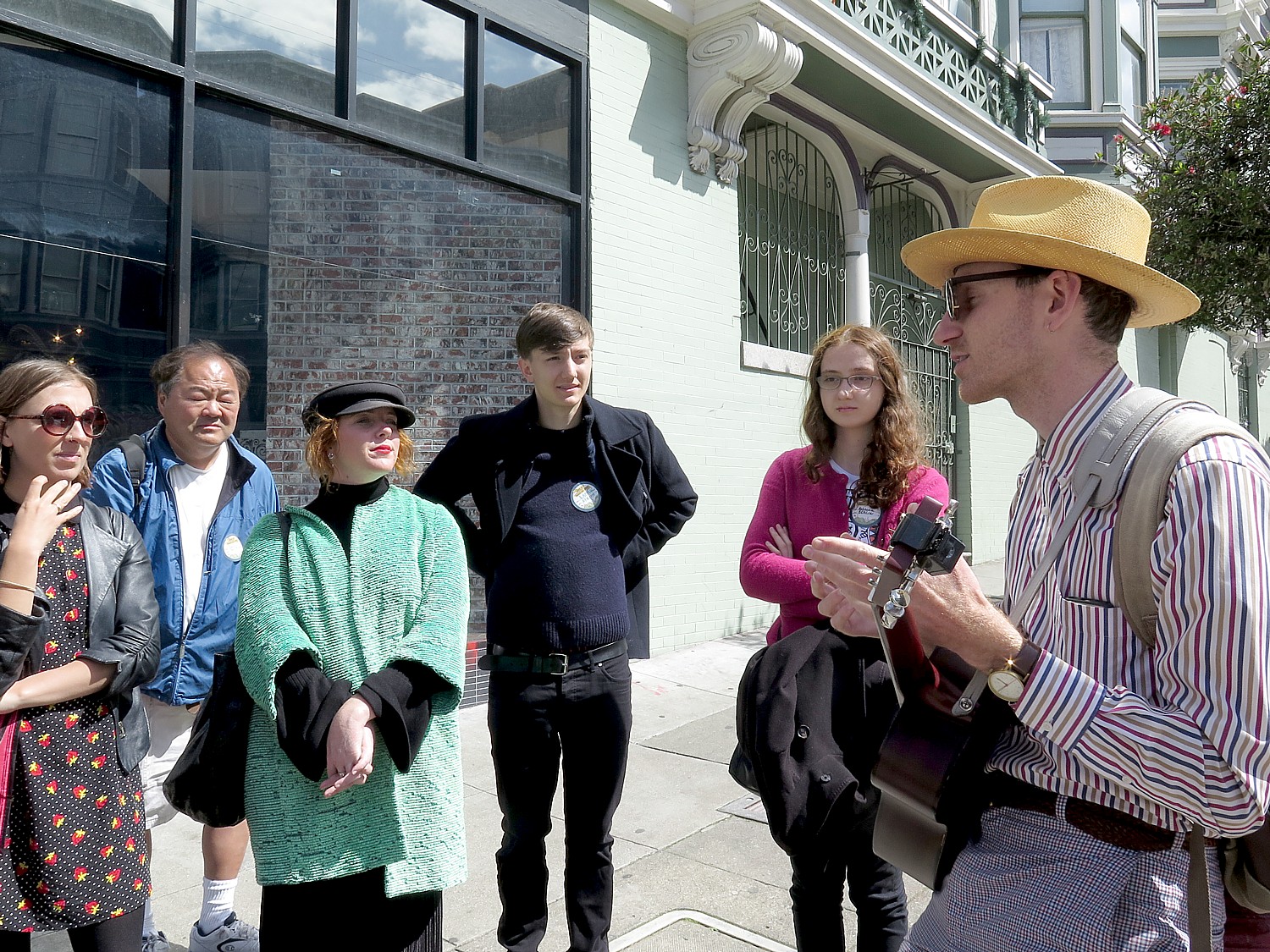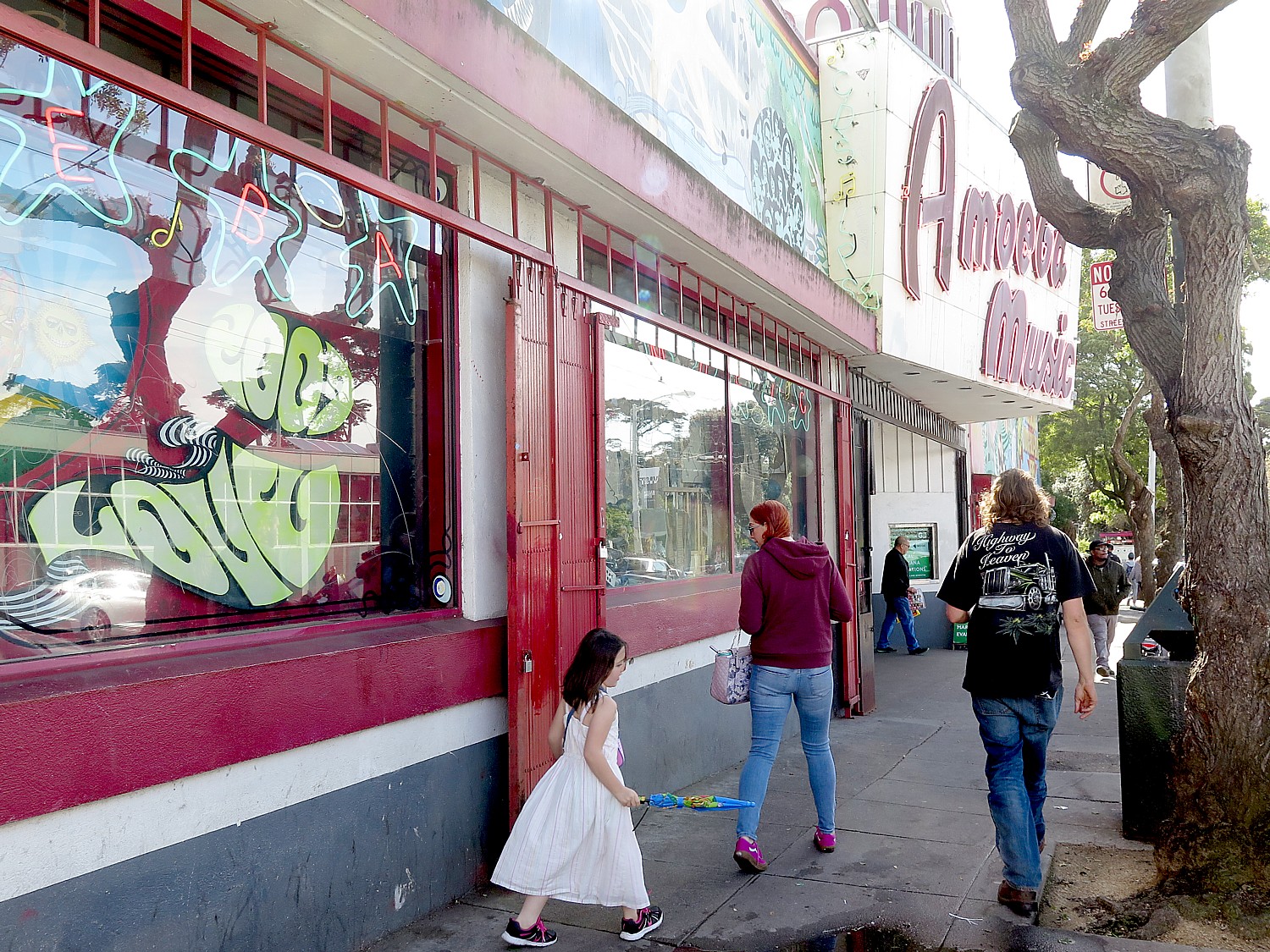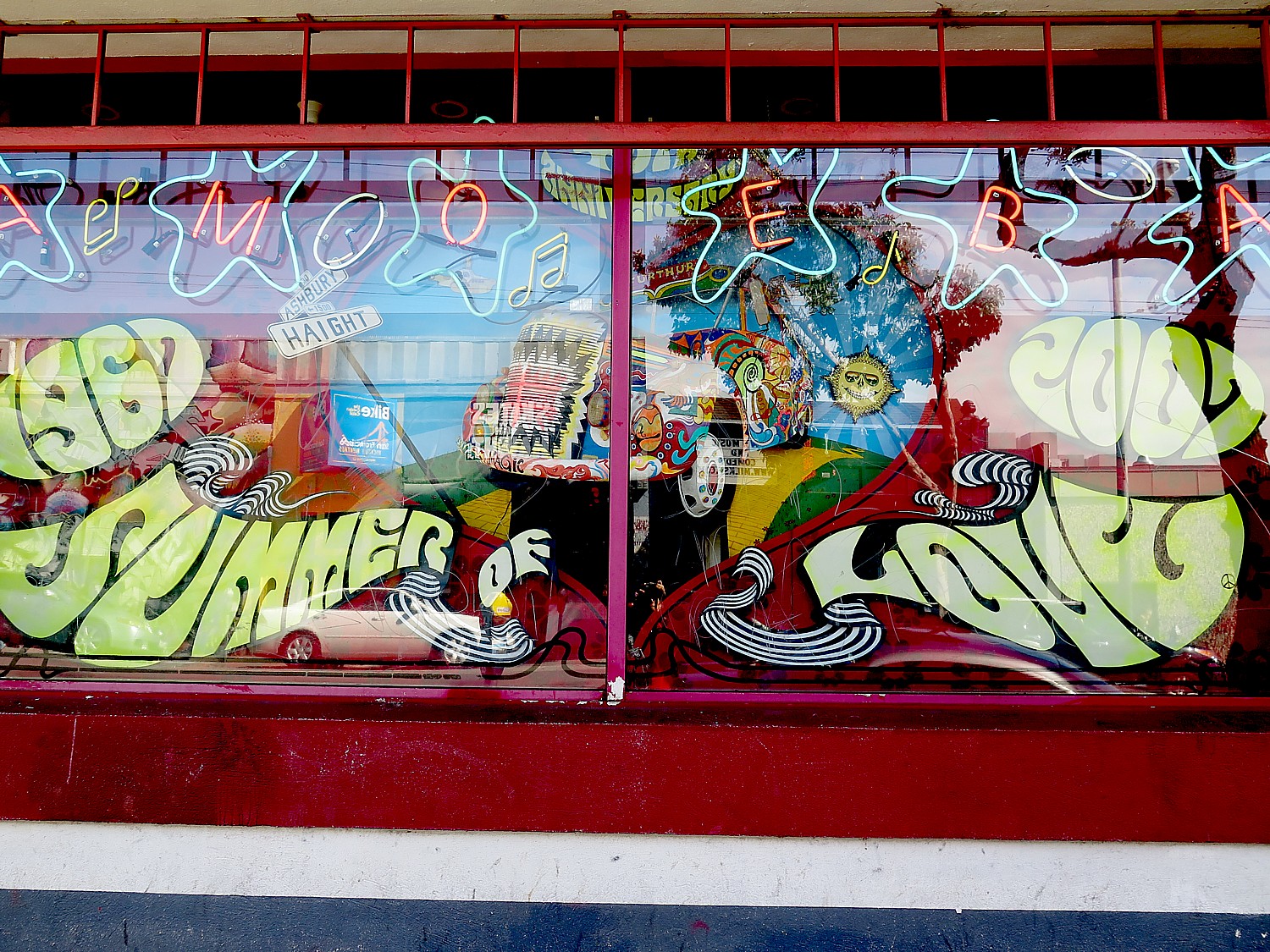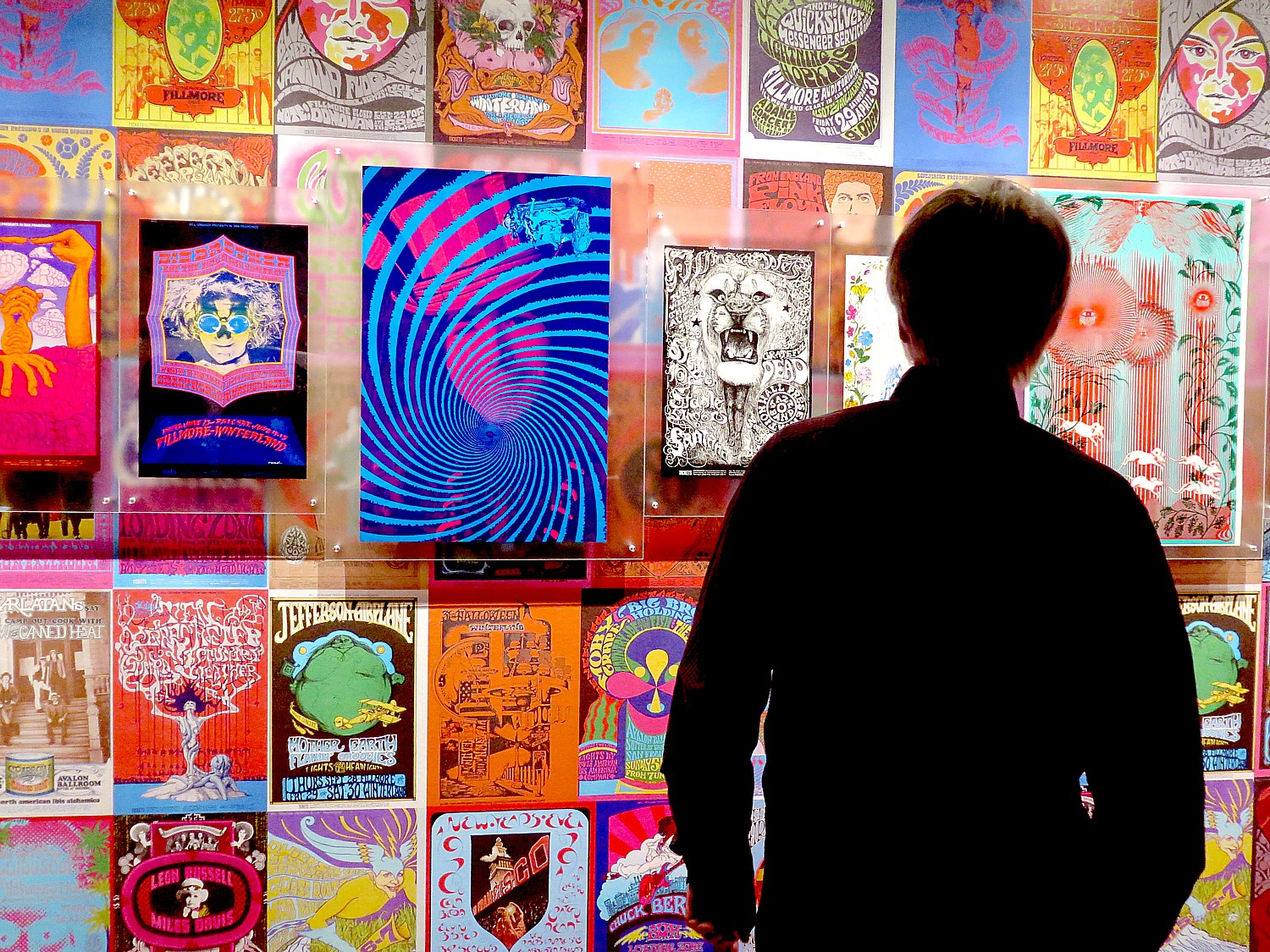
By Karen Rubin,
Travel Features Syndicate, goingplacesfarandnear.com
Wes Leslie’s Wild San Francisco Summer of Love Musical Walking Tour finishes only a couple of blocks down from the entrance to Golden Gate Park (see story), which played such a role in the Hippie Movement, and where the De Young Museum is holding the Summer of Love Experience, one of the more than 60 events, exhibitions, concerts, tours and attractions taking place during this 50th Anniversary of the cosmic 1967 event when some 100,000 young people descended on the city. So, after walking around the famous Haight-Ashbury district – epicenter of the Hippie Movement – taking in the shops and scenes that slingshot you back to the 1960s, I stroll into Golden Gate Park to the museum.
The Summer of Love Experience: Art, Fashion, and Rock & Roll, on view at the De Young Museum in Golden Gate Park through August 20, 2017, is an exhilarating exhibition of iconic rock posters, photographs, interactive music and light shows, costumes and textiles, ephemera, and avant-garde films. Part of the 50th anniversary celebration of the adventurous and colorful counterculture that blossomed in the years surrounding the legendary San Francisco summer of 1967, the exhibition presents more than 300 significant cultural artifacts of the time, including almost 150 objects from the Fine Arts Museums’ extensive permanent holdings, supplemented by key, iconic loans.

As you walk in, you are immediately set on the crossroads of Haight and Ashbury streets and the pins with the iconic phrases and issues that were top-of-mind of the time.
You literally step into the whirling dervish that was the times – psychedelic colored lights and brash, electrified music of Janis Joplin and others provide the beat and backdrop for the exhibit that includes a two-story square darkened room with colored projections of what appear to be the shapes inside a lava lamp and bean-bags to sit on.

In the mid-1960s, artists, activists, writers, and musicians converged on Haight-Ashbury with hopes of creating a new social paradigm. By 1967, the neighborhood drew as many as 100,000 young people from all over the country to this tiny neighborhood, which became the epicenter for their activities, and nearby Golden Gate Park their playground.
The period was marked by groundbreaking developments in art, fashion, music, and politics (captured in the images of photojournalists and street photographers), which is what is so eloquently showcased in this exhibit.
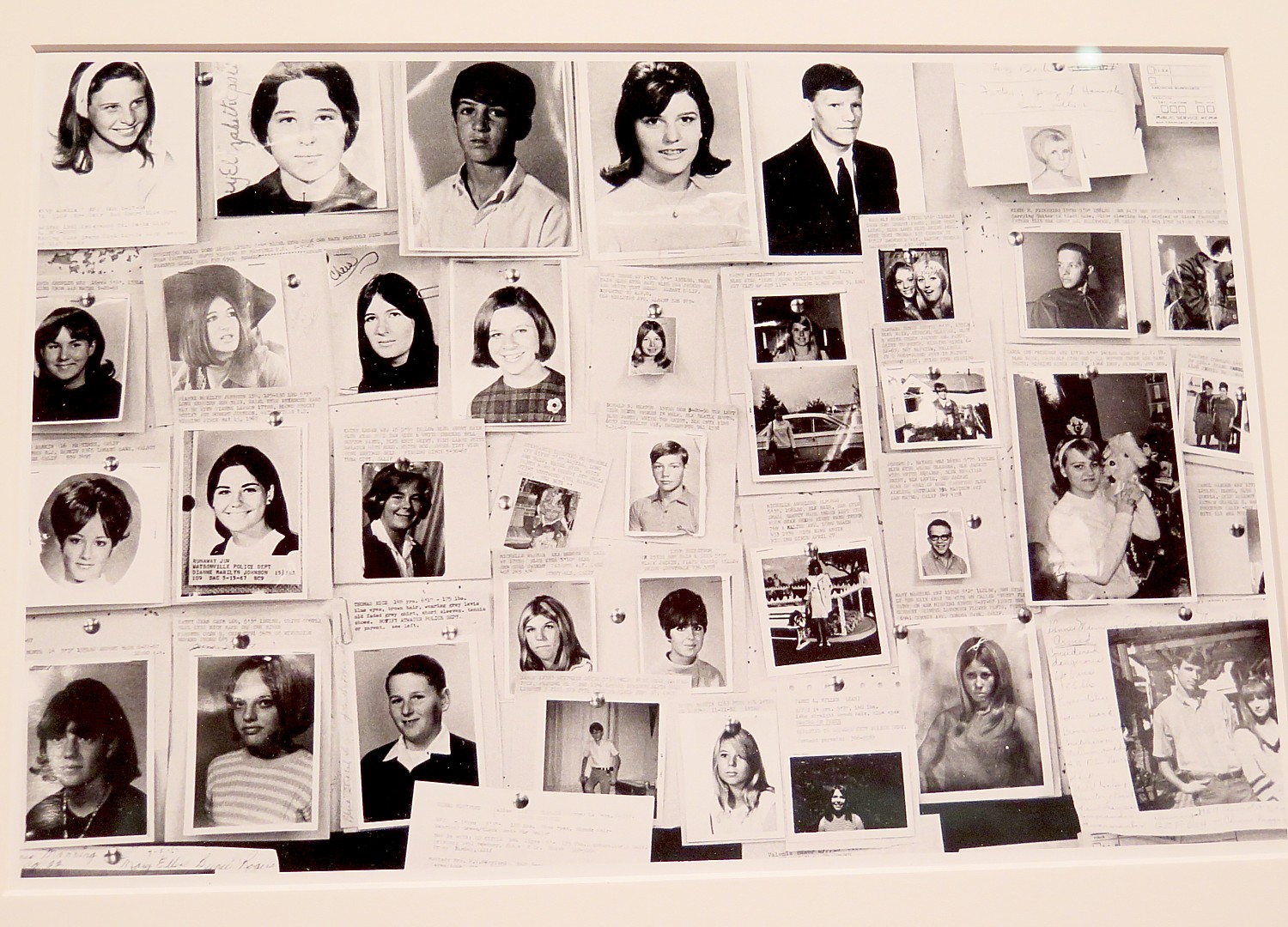
Local bands such as Jefferson Airplane and the Grateful Dead were the progenitors of what would become known as the “San Francisco Sound,” music that found its visual counterpart in creative industries that sprang up throughout the region. Rock-poster artists such as Rick Griffin, Alton Kelley, Victor Moscoso, Stanley Mouse, and Wes Wilson generated an exciting array of distinctive works featuring distorted hand-lettering and vibrating colors, while wildly creative light shows, such as those by Bill Ham and Ben Van Meter, served as expressions of the new psychedelic impulse.
Distinctive codes of dress also set members of the Bay Area counterculture apart from mainstream America. Local designers began to create fantastic looks using a range of techniques and materials, including leatherwork, hand-painting, knitting and crotchet, embroidery, repurposed denim, and tie-dye. These innovators included Birgitta Bjerke, aka 100% Birgitta; Mickey McGowan, aka the Apple Cobbler; Burray Olson; and Jeanne Rose – whose creations are also on view.
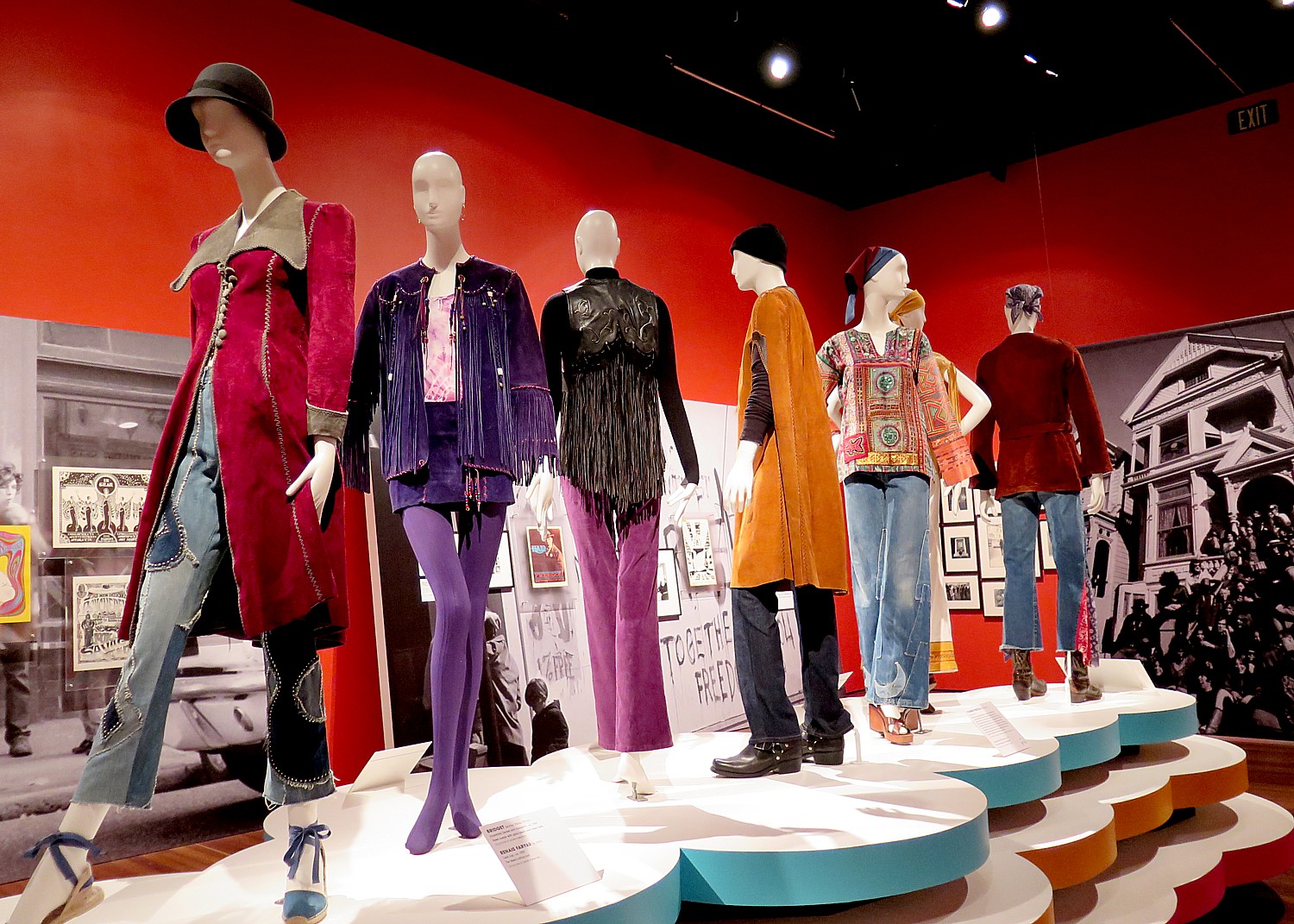
The Summer of Love Experience: Art, Fashion, and Rock & Roll commemorates an “only in San Francisco” social and aesthetic movement, and will remind museum visitors that in a time of international upheaval, the city played a vital role in changing society and amplifying the pulse of the nation.
de Young Museum, Golden Gate Park, 50 Hagiwara Tea Garden Drive, San Francisco, CA 94118, 415-750-3600, ttps://deyoung.famsf.org/summer-love-art-fashion-and-rock-roll.
San Francisco Goes All-Out for Summer of Love Celebration
San Francisco Travel, the city’s visitors bureau, and the California Historical Society have joined forces on the 50th anniversary of the Summer of Love, offering more than 60 exhibitions and events, plus special tours like Wild SF’s Summer of Love walking tour.
At www.summerof.love, the California Historical Society provides the detailed factual and cultural context for this seminal summer through its own exhibition and work with cultural partners such as the de Young Museum.
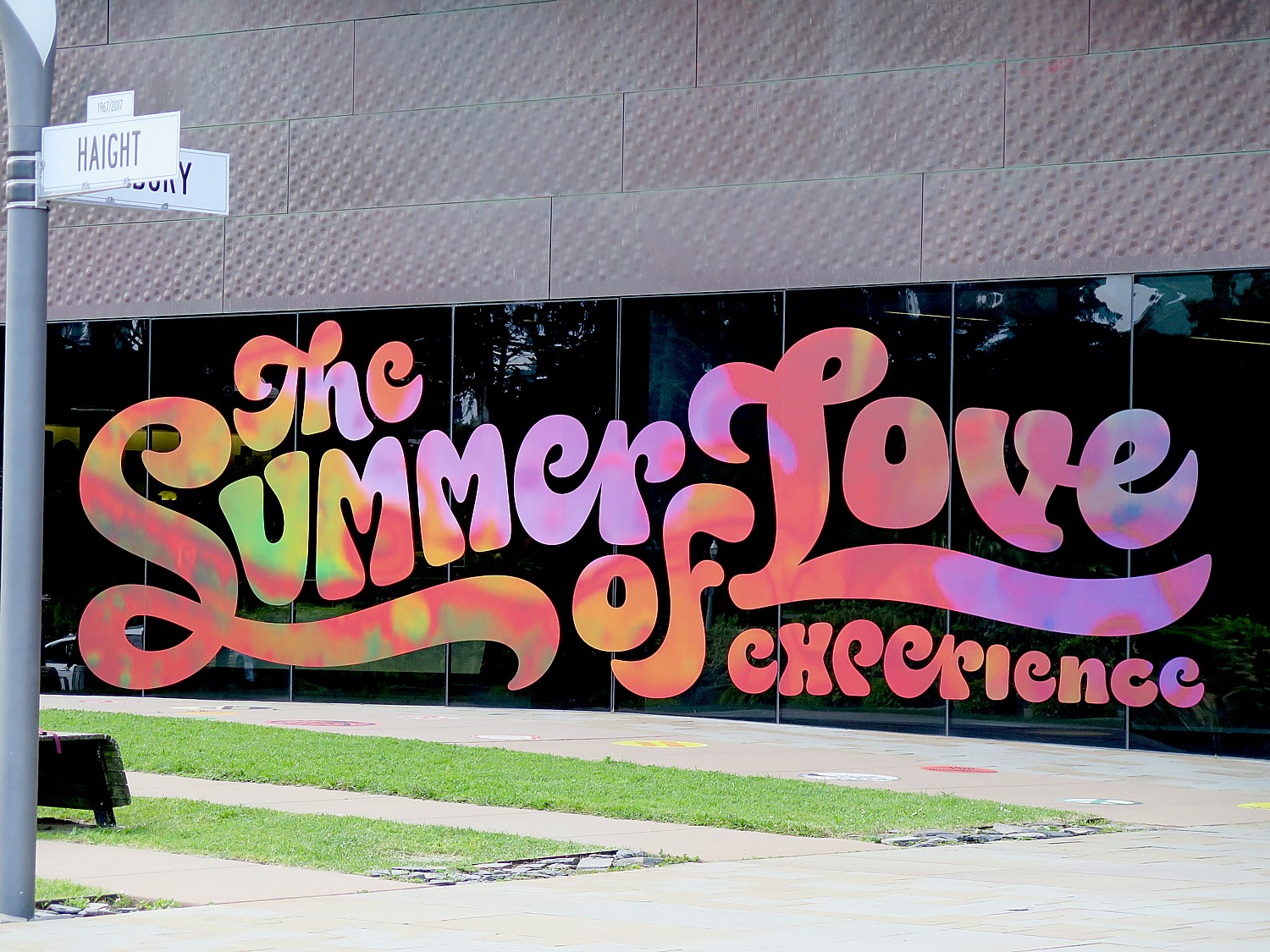
Here are more:
“The Hippies” at West County Museum in Sebastopol (Thru-Dec. 2017): The West County Museum in Sebastopol presents “The Hippies”. The curators have collected memorabilia from the Hippie elders to recreate the environment that these rebels against consumerism and conformity built in the forests of Graton and Occidental 1966-1973. Morning Star Ranch in Graton was owned by Lou Gottlieb, the bassist of The Limeliters, a hit folk group of the 60’s. He opened his property to all and refugees from the Haight quickly settled in. They built their own shacks, lived without electricity and often clothes and exchanged the work ethic for the ethics of living in nature in a state of “voluntary primitivism.” Sex and drugs, pot and LSD, guitars and any handy noise makers were freely enjoyed by the denizens but not by all of their neighbors. The County Sheriff and Health Department became involved after vociferous complaints and after many fines and much legal maneuvering by Gottlieb to keep his commune open, the County bulldozers destroyed the huts, and the suddenly homeless hippies were forced to relocate. Some moved to Morning Star East in New Mexico, but others went a few miles away in Occidental where Bill Wheeler felt that he had enough land to share and the hippies moved in. The land was free to all but the living was too free for a neighbor who felt that the lifestyle was a threat to his children. Again, after legal action, the bulldozers moved in and the hippie commune era in Sonoma County came to an end. The West County Museum, 261 S. Main Street, Sebastopol, is open Thursday to Sunday, from 1 p.m. to 4 p.m.
Monterey Regional Airport: “Feeling Groovy,” Art at the Airport (Thru Fall 2017): The exhibit showcases collections that reflect music, entertainment and home life in 1960s Monterey County. Artifacts featured in the exhibit are diverse, ranging from the ordinary to the extraordinary. Visitors can view everyday objects from a 1960s kitchen, iconic fashions ranging from pill box hats to Beatle boots, and beloved games, toys and comic books. See Nancy Carlen’s collection from the Big Sur Folk Festival, the first time these rare photographs and objects have been exhibited. Go back to June 1967 when the Monterey Pop Festival welcomed Jimi Hendrix, Janis Joplin and Otis Redding – and ushered in The Summer of Love. Each object – from transistor radios to martini glasses – will transport you back to this transformative decade.
2017 Summer of Love Street Celebrations with It’s Your District and Sunday Streets (Thru Oct. 1, 2017): In conjunction with Sunday Streets, the non-profit It’s Your District (IYD) is hosting the 2017 Summer of Love Street Celebrations. Block parties will be held at the eight Sunday Street locations, and will include Summer of Love exhibitions, art projects, live performances and family-friendly activities. In keeping with IYD’s mission, these celebrations will bring in and promote Bay Area non-profits, businesses, arts, cultural and community organizations, socially conscious enterprises and individuals who are committed to bringing forth the unheard voices of residents and in sustaining the vitality of our community district by district. Sunday Streets engages some 120,000 people annually and this number continues to grow.
One highlight of the celebration is the Public Mural Art Project which creates murals designed to educate members of the community about the history of their respective neighborhoods. The art will focus on prominent heroes and the events that have contributed to the development of San Francisco districts from the 1960s to present day.
“Lavender-Tinted Glasses: A Groovy Gay Look at the Summer of Love” at the GLBT History Museum (April 7-Sept. 27, 2017): An exhibition highlighting the gay, lesbian, bisexual and transgender participants in the 1967 Summer of Love in San Francisco. The show also will explore the LGBTQ community’s own simultaneous cultural revolution in the city’s Tenderloin neighborhood. The stories of queer poets, philosophers, filmmakers and musicians integral to the era will be celebrated through historic photographs, artwork, film and documents from the archives of the GLBT Historical Society and private collections.
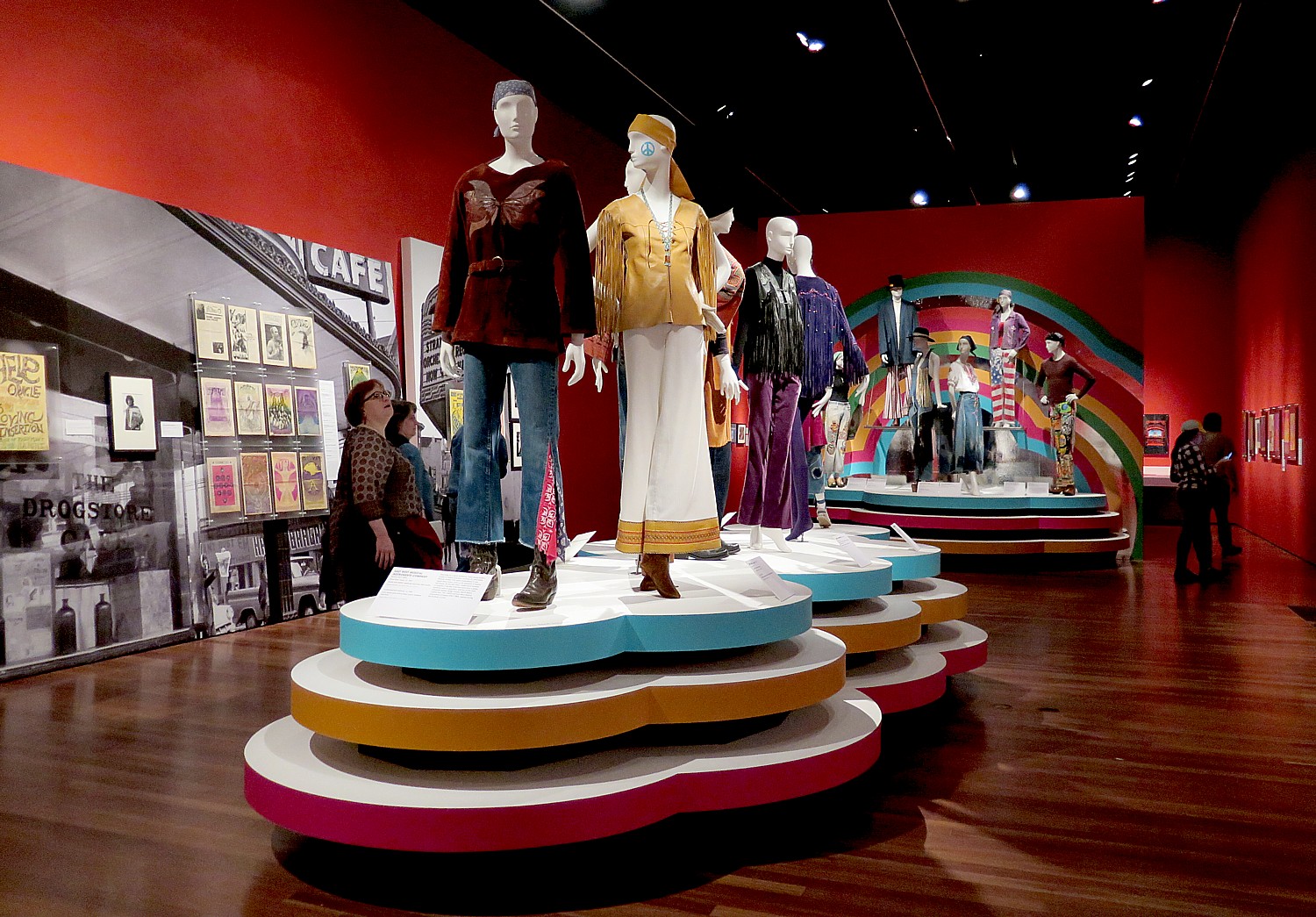
de Young Museum; “The Summer of Love Experience: Art, Fashion and Rock & Roll” (April 8-Aug. 20, 2017): Through a wide array of iconic rock posters, interactive music and light shows, “out-of-this-world” clothing and photographs, “Summer of Love” celebrates the city’s rebellious and colorful counterculture and explores the visual and material cultures of a generation searching for personal fulfillment through social change. The exhibition includes rock posters by artists including Victor Moscoso, Stanley Mouse and Wes Wilson along with examples of the handcrafted, one-of-a-kind garments created by such designers as Brigitta Bjerke, K. Lee Manuel and Jeanne Rose.
“Love or Confusion: Jimi Hendrix in 1967” at the Museum of the African Diaspora (MoAD) (April 26-Aug. 27, 2017): As Jimi Hendrix walked out onto the stage at Monterey Pop, he was also stepping out for his American rock and roll debut. Playing as “The Jimi Hendrix Experience,” Hendrix was introduced to California at the festival before the U.S. release of his first album. A performance enlivened with rock theatrics, sexual flamboyance and magnetic guitar riffs, this moment solidified Hendrix as a rock idol. An integrated band with a black front man, “The Jimi Hendrix Experience” represented racial and sexual freedom and the goals of the 1906s counterculture. Composed of photographs taken of Jimi Hendrix in 1967, this exhibition celebrates the 50th anniversary of the famous Summer of Love and the introduction of Jimi Hendrix as one the greatest instrumentalists of all time.
“Elaine Mayes: It Happened in Monterey” at SFO Museum (May 4-Aug. 10, 2017): SFO Museum will present an exhibition of photographs by Elaine Mayes (whose work is also included in the de Young Museum exhibit) taken at the Summer of Love’s legendary rock concert, the 1967 Monterey Pop Festival. The exhibition is located post-security in Terminal 3.
“California Historical Society; “On the Road to the Summer of Love” (May 12-Sept. 10, 2017): Guest-curated by Grateful Dead historian Dennis McNally, this photographic exhibition will start in the 1950’s with “HOWL” and the Beat Generation and move through the free speech movement to LSD, rock and roll and the Haight in the 60’s.
The Cartoon Art Museum; “Comix from the Summer of Love” (June-Sept., 2017): The Cartoon Art Museum celebrates the Summer of Love with a selection of underground comix from Bay Area creators Lee Marrs (Pudge, Girl Blimp), Trina Robbins (Wimmen¹s Comix) and highlights from the collection of Ron Turner, founder of famed San Francisco publisher Last Gasp.
“A Night with Janis Joplin” at American Conservatory Theater (June 7-July 2, 2017): Like a comet that burns far too brightly to last, Janis Joplin exploded onto the music scene in 1967 and, almost overnight, became the queen of rock ’n’ roll. The unmistakable voice, laced with raw emotion and Southern Comfort, made her a must-see headliner from Monterey to Woodstock. A.C.T. presents an evening with the woman and her influences in the Bay Area premiere of the hit Broadway musical “A Night with Janis Joplin” at the Geary Theater. Fueled by such unforgettable songs as “Me and Bobby McGee,” “Piece of My Heart,” “Mercedes Benz,” “Cry Baby,” and “Summertime,” a remarkable cast and breakout performances.
San Francisco Public Library: 50th Anniversary of Love and Haight (July 15-Oct. 29, 2017): In this exhibit, historical photographs, grass roots newspapers, posters and flyers, record albums and manuscript materials from community groups and City of San Francisco collections will document the social and political upheaval of the summer of 1967 and how the city responded.
Attractions:
The legendary Fillmore Auditorium offers performances throughout the year and launched the careers of greats including James Brown, Ike and Tina Turner, the Grateful Dead, the Jefferson Airplane, Santana and more. Famous for printing posters for every single show played at the venue, the poster room is just shy of 1,000 posters since officially opening its doors in the mid-60s. Celebrate the 50th anniversary of Bill Graham’s first show at the Fillmore, which was December 10, 1965. (http://thefillmore.com/about/)
Harkening back to The Psychedelic Shop, which opened on January 3, 1966, as the first head shop in America, Love on Haight is a boutique dedicated to keeping the memory of the Summer of Love alive (www.loveonhaightsf.com).
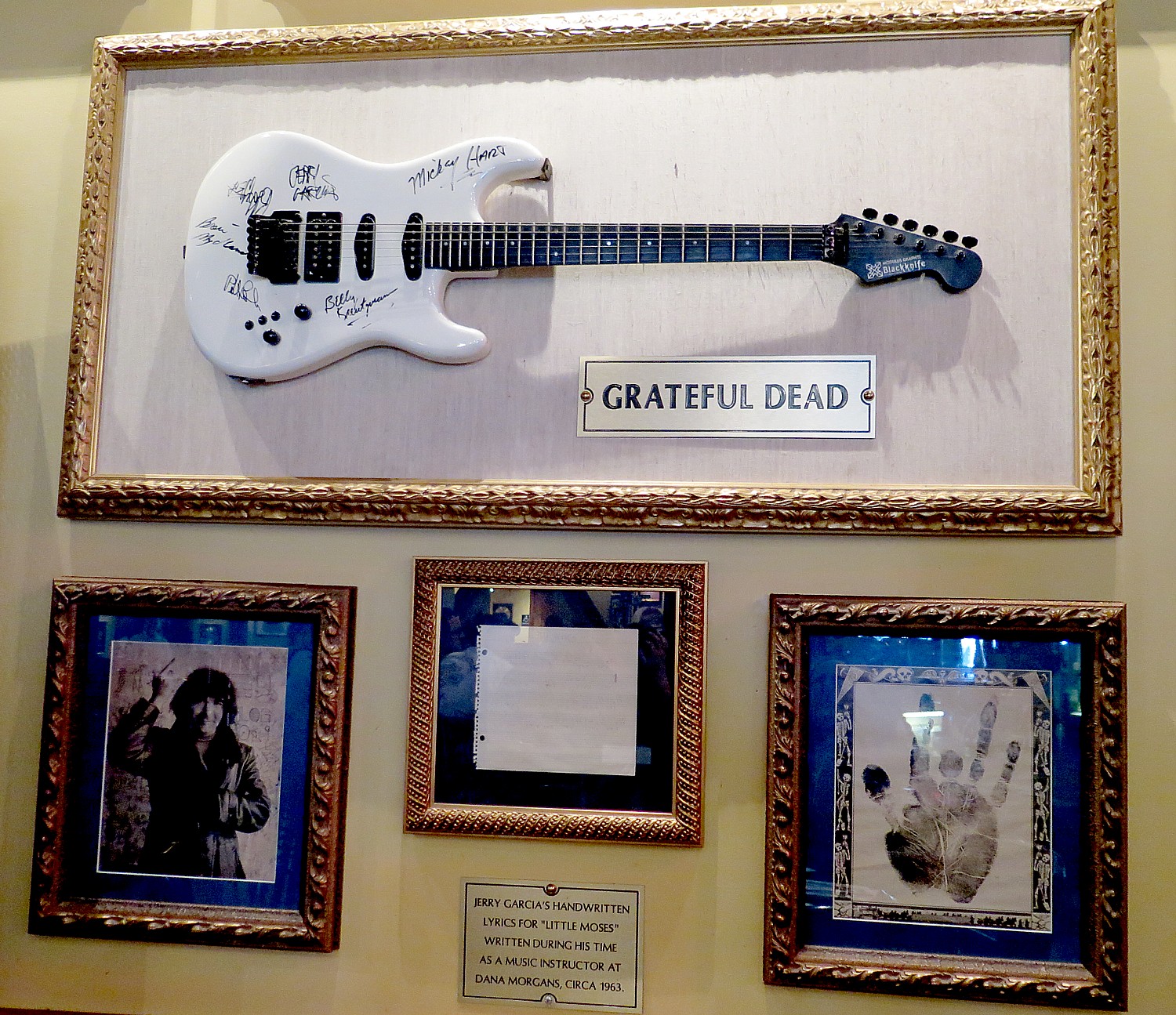
Check out the autographed Grateful Dead guitar, a painting of Jerry Garcia by Grace Slick of the Jefferson Airplane, Jerry Garcia’s bomber jacket, Jimi Hendrix’ jacket and one of the last photos of Janice Joplin. at the Hard Rock Café at PIER 39. www.hardrock.com/cafes/san-francisco/
At Madame Tussauds, rub shoulders with iconic stars and free thinkers of the Summer of Love such as Jerry Garcia, Janis Joplin, Carlos Santana and Steve Jobs. (www.madametussauds.com)
Founded in 1959 with avant-garde performance events, today The San Francisco Mime Troupe (SFMT) produces social and politically relevant theater performances full of dance, song, satire and comedy all year long. In 1965 future rock impresario Bill Graham, then the company’s business manager, organized his first rock dance/light show at the Fillmore Auditorium as a bail benefit for the SFMT and in 1967 The Troupe clinched its radical reputation with a comedy updated to satirize the Vietnam War (www.sfmt.org/company).
Viceroy Hotel Group’s brand new Hotel Zeppelin has been reinvented as a modern take on the countercultural rebellion of the 1960s. Its historic architecture dating back to 1918 is highlighted with Instagram worthy design elements that truly exude the Summer of Love vibe. From the Giant 12 foot (and climbable) Peace Sign constructed of repurposed license plates from roadtrips long forgotten, to blacklight graffiti murals fading in and out of view at their Fireside neighborhood bar – even the guest rooms feature vintage Bill Graham posters and rockband clad wallpaper that will transport you straight to the 1960s Fillmore. Grab a drink at their signature bar and restaurant Rambler and meander your way down to their massive “Den” arcade featuring vintage games like shuffleboard, skeeball, quick shot basketball, bingo and more (www.viceroyhotelsandresorts.com/en/zeppelin).
S.O.U.L. (Summer of Unconditional LOVE), a new, non-profit, online media organization, chronicles the happenings of the 50th Anniversary of the Summer of Love, with a focus on broadcasting stories of individuals and organizations implementing solutions inspired by the ideals and wisdom of the 60’s cultural movements. The information shared is intended to help people manifest a more loving and less fearful world by giving them hope and inspiring new action to be taken. “Come join us, and discover what you can do to participate in accelerating humanity’s shift into the Love Paradigm,” say Founders Evan Hirsch and Kip Baldwin www.nowsharelove.org).
To help visitors plan their “trip,” the San Francisco Travel Association has launched a special website, www.summeroflove2017.com, which provides an ever-expanding guide to the whole groovy scene, including events and itinerary ideas. (San Francisco Travel. 415-391‑2000, www.sftravel.com)
See also:
____________________
© 2017 Travel Features Syndicate, a division of Workstyles, Inc. All rights reserved. Visit goingplacesfarandnear.com, www.huffingtonpost.com/author/karen-rubin , and travelwritersmagazine.com/TravelFeaturesSyndicate/. Blogging at goingplacesnearandfar.wordpress.com and moralcompasstravel.info. Send comments or questions to [email protected]. Tweet @TravelFeatures. ‘Like’ us at facebook.com/NewsPhotoFeatures

